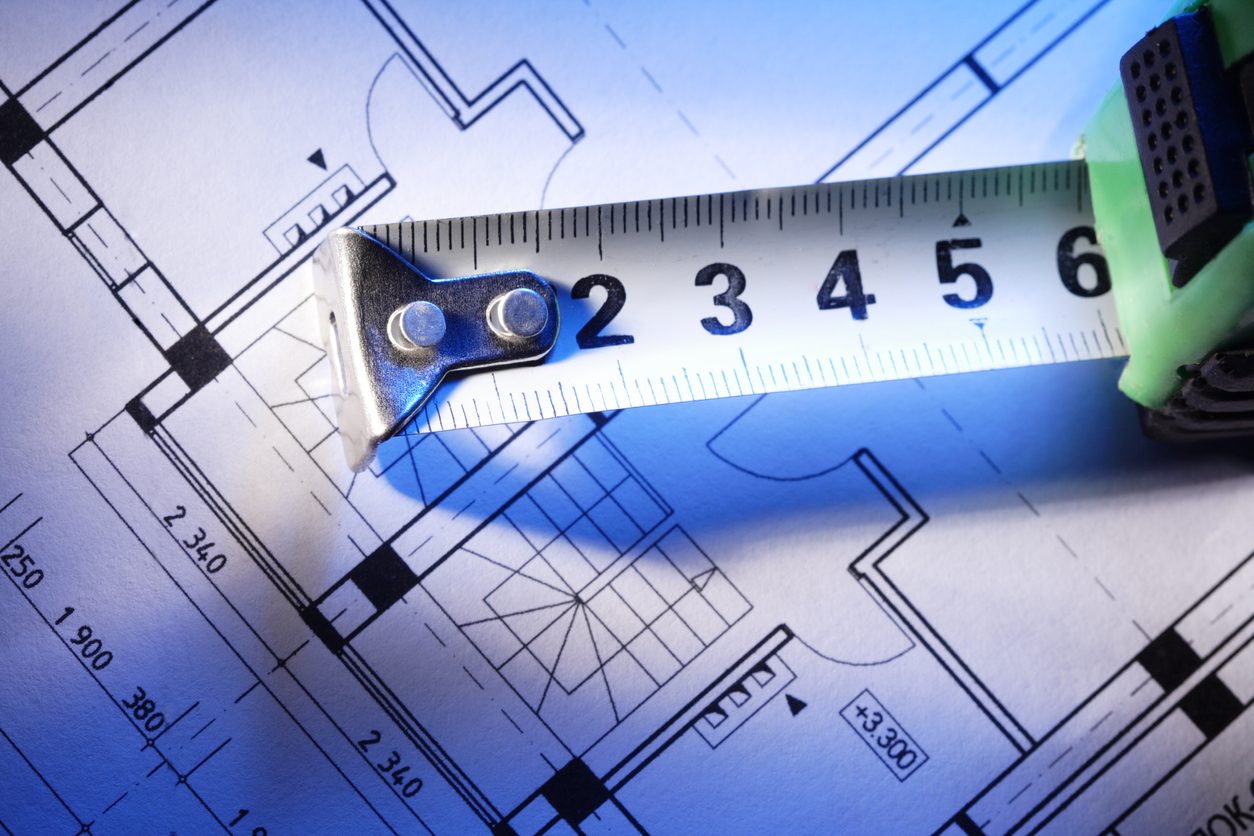Three Tips To Help Make Development Work

Ever wanted to know the secret to being a successful developer? Unfortunately there is no one single answer or thing one can do or possess
to be a successful developer. There is, however, some strategies and tips we can share with you that have proven time and time again to
work.
Tip 1: Getting more out of a site than anyone thought possible:
Turning non-development sites into development sites, or getting more from a site than most people think is possible, works time and time
again. But how is it done? Occasionally by way of luck, but rarely. Town Planning is about justification. So if you can justify your
proposal, even if it doesn't conform with the rules, then you are a long way to getting it approved. Obviously it isn't always possible and
there is risk it won't come through, but this can be mitigated through buying well, having a 'backup plan' and employing the right people.
Paul Eslick's last two developments can fall under the heading of 'getting more out of a site than anyone thought possible'.
Example 1:
The rules stated he needed a 17m frontage and a 600m2 land size to develop. He was well short on both counts with a 14m frontage
and a 535m2 land size. In many, many cases his site could not be developed, however, he employed the right people and was able to
justify the development due to its location and surrounds. Further, he had a backup plan. The site housed an existing renovator. It was
generally structurally sound and once renovated, would increase his equity by enough to justify the purchase without having to develop. In
this instance he bought a development site at a 'renovator' price.
This will be looked at in detail at Developing for Profit. For more detail click
here.
Example 2:
This one is a bit different. One of the things the Reno Kings like to educate people about is sometimes the best buy is your neighbour's
house or sometimes there is 'gold in your own backyard'. Sometimes the best sites are ones you already own and didn't know had potential (so
always review your own portfolio) and sometimes by buying your neighbour's property you create a development site. With this example Paul
owned two waterfront properties, side by side, each containing a single house. Individually they couldn't be developed further. If combined,
the best he could achieve was two dwellings in total as the zone only allowed duplexes as the most intense use, so no better than he already
had. In fact it was worse than he already had because he had freehold houses as opposed to a duplex with a body corporate. The secret was to
get one block big enough to allow a duplex, while still having two separate titles.
This deal, known as 'Developing the non-developable', is presented in detail at Developing for Profit. Click
here for
more information.
Tip 2: Employ the right people
It sounds obvious, but it isn't. Most beginner developers and investors get their development information, including development potential
of particular sites, from their local council. Big mistake. The council will tell you the rules. A local planner will tell you what rules
can be broken. Your designer is another one. When you build price comes in too high, often we are too quick to blame the builder or the
market, when in actual fact the design can be at fault. It makes sense... most building products come in certain lengths, so why not design
rooms and buildings to suit these particular lengths? Also, sometimes a project or a location warrants a high end finish and individual
design, but plenty of developments deserve nothing more than a fairly standard, mid-range finish and layout, so provide this in your design!
Have you ever picked up a brochure containing house plans and prices and wondered why they can build so cheap when your development is so
expensive? This is because they have designed based around standard sizes, a product that is easy to build, and further, they aren't one off
designs, they are off the shelf designs which means they have been built before, exact costs are known and a minimal contingency factor
needs to be provided by the builder. As opposed to your architecturally designed development, that has never been built, has some 'artistic
flair' incorporated into it, and hasn't been designed with build costs in mind.
At Developing for Profit we provide design tips and a session on how to select your builder. For more information click
here.
Tip 3: Feasibilities
One of the first things you should do when looking at purchasing a development is carry out a basic feasibility, and yet it is something
that people get wrong regularly. For a start, they write their own feasibility, which is thwart with danger... the number of times we have
seen people forget to put something in is amazing. And sometimes it isn't small! Like infrastructure charges. At $20,000 to $30,000 per
site, this is a big oversight.
At Developing for Profit we will run you through the two different feasibility types that we use in detail. For more information on this
valuable workshop, click here.
So there you go, three valuable tips to help make development work for you. There is a fourth tip, and it is a big one, but it is also
extremely obvious. Get educated! Baking bread... that is something you can afford to learn 'on-the-job'. Developing is not.
Yes, regardless of whether you get yourself thoroughly educated there will always be lessons that you'll learn on the job, but by being
thoroughly educated you should be able to avoid the major mistakes, minimise the number of small mistakes, and know how to manage the
mistakes as they happen.
Be in the know and get yourself educated. Be at Developing for Profit. Visit
www.developingforprofit.com.au for more information.

